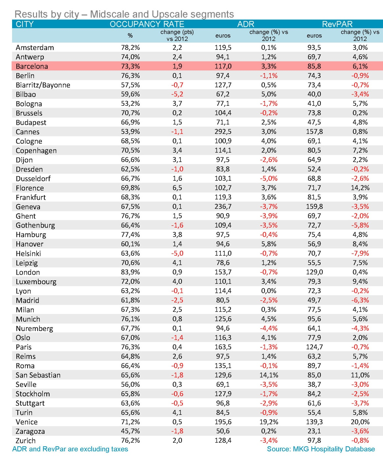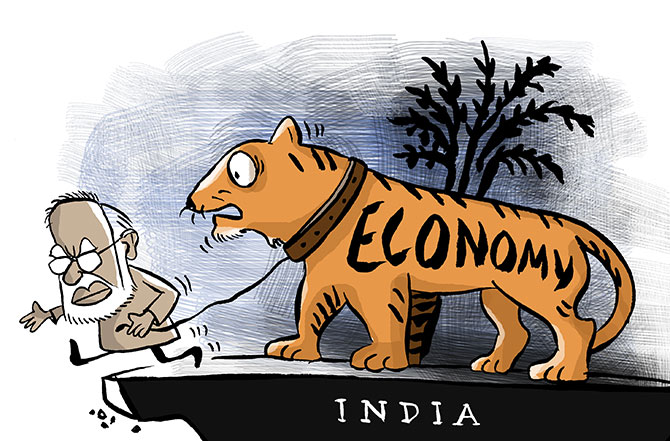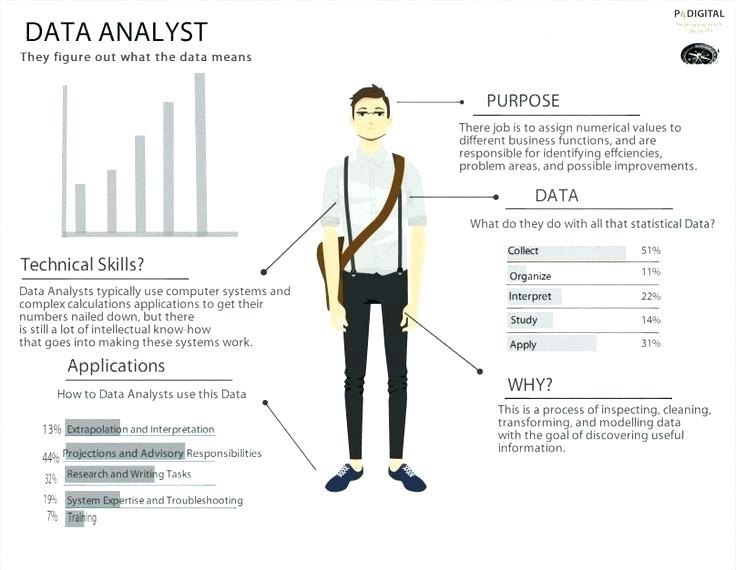Contents
The study of Business Economics provides scientific tools and knowledge for forecasting. Thus here we see an instance of the scope and importance of Business Economics. In this article, we will go through both these sections and understand the scope and importance of Business Economics.
A free market economy is one in which private persons make economic decisions about the production of products such as “What to create, How much to produce, How to produce, and so on.” The term “marginal” refers to the change in total owing to the addition of a unit. Because significant economic choices are based on marginal units, microeconomics is founded on the notion of marginalism.
The price that entrepreneurs pay for the services of these factors is known as factor pricing. The term Micro has its origin in the Greek word called mikros which means small. Microeconomics studies the economic activities of an economic unit, like the demand for sugar by an individual household. It also studies the economic activities of a small group of economic units like the demand for sugar by all the households.

This theory is an area where the scope and importance of Business Economics are highly noticeable. Market analysis is an essential part of Business Economics which lets the firm understand the degree of competitiveness in a market. This information helps them chart proper policies and determine the right prices. Microeconomics can assist to explain how producers might use few resources effectively and efficiently to maximize output. These choices are made based on the consumer’s preferences or the product’s demand. Microeconomics theory aids in the comprehension of the free market economy’s operation.
On the other hand, a study of cost analysis lets the firm know who changing periods of production, size of the factory, etc., will affect their expenditures. By combining these ideas, a firm can achieve the optimum balance between the maximum output for minimum investment. Since this branch of study covers a wide spectrum of possibilities in business management, we can say that the scope of the subject is large. There are two branches in Business Economics, namely Microeconomics, which deals with the internal matters of a firm, and Macroeconomics which studies the external factors. Slicing method – Microeconomic analysis adopts the slicing method. Under this method, the entire economy is divided into smaller units and then each unit is analyzed individually in detail.
According to price theory, the price of a good or service is based on the relationship between its demand and supply. For example, prices should rise when the demand exceeds the supply and vice-versa. Microeconomics can be used in either a positive or negative manner. Positive microeconomics is concerned with economic behaviour and what to expect when certain factors change.
The entire economy is broken into smaller pieces using this strategy, and each unit is then thoroughly examined. Individual income analysis is separate from national income analysis, individual demand analysis is separate from aggregate demand analysis, and so on. Individual units – Microeconomics is a study that basically focuses things are include in scope of microeconomics on the behaviour of individual units such as individual consumers and producers. It splits or divides the whole economy into small individual units and then studies each unit separately in detail. For example, study of individual income out of national income, study of individual demand out of aggregate demand etc.
A lot of these decisions require the decision-makers to use the following theories of Business Economics to come to a unified understanding. Microeconomics is the study of those issues related to a firm that is internal or operational and, therefore, within the jurisdiction of the management. A part of Business Economics includes the analysis of these matters. Based on assumptions -Microeconomic analysis is based on certain assumptions such as laissez-faire, full employment, perfect competition, ceteris paribus, etc.
Many elements of international commerce, such as tariff impacts, exchange rate determination, and profits from international trade, may be explained using microeconomics. It is also important in public finance to examine both the incidence and the effect of a certain tax. Land, labor, capital, and the entrepreneur are the components that contribute to the manufacturing process in microeconomics. In the form of rent, wages, interest, and profit, microeconomics assists in establishing the factor incentives for land, labor, capital, and entrepreneurs, respectively. Microeconomics gives a magnified picture of an individual unit, similar to how a microscope allows us to see a greater view of tiny items.

It investigates how these distinct units carry out economic activity and achieve equilibrium. Microeconomics, in general, gives a more comprehensive and thorough knowledge than macroeconomics. Microeconomics is the study of many ideas in smaller units, such as a single business or organization. Price theory helps the firm understand the process of cost determination keeping the market situation in mind.
Such assumptions although make the analysis simple, but may not exists in reality. Microeconomics starts with the essential premise that “other things stay constant,” such as perfect competition, laissez-faire policy, pure capitalism, full employment, and so on. Microeconomics is a social science that studies the effects of incentives and behaviours, specifically how they affect resource utilisation and distribution. When the quantity demanded increases due to a fall in the price of a commodity, it is known as the extension of demand.
Micro economics analyses different market structures such as Perfect Competition, Monopoly, Monopolistic Competition, Oligopoly etc. Microeconomic theory shows under what conditions these efficiencies are achieved. It is that form of market where there are many buyers and sellers of the product, but the product of each seller is different from another. According to the law of supply, quantity supplied increases with an increase in the price of a good and vice-versa. Knowledge of Business Economics helps in maintaining steady profits in uncertain situations while keeping the risk factor low.

The market forces such as demand and supply play an important role in addressing various microeconomic problems. This branch of economics assumes that macro variables remain constant. For example, when we are studying the determination of the price of an individual firm, it is assumed that the aggregate price level is constant. Micro economics thus deals with a small part of the national economy. It studies the economic actions and behaviour of individual units such as an individual consumer, individual producer or a firm, the price of a particular commodity or a factor etc. Microeconomics thus deals with a small part of the national economy.
It helps the businessmen in making various decisions to maximise profit. It is also important for the economic development and growth of the country. The law https://1investing.in/ of diminishing utility and indifference curve theory both study human behaviour. The market forces of demand and supply decide the price of a single product.
This fact reflects the scope and importance of Business Economics. Demand Analysis is a type of behavioral science as it aims to understand the consumer’s mindset and how their buying patterns change based on a shifting market scenario. To understand the best way to utilize the company’s resources, analysts use linear programming, which is a part of the scope of Business Economics. Monopoly is a situation in the market where there is only a single seller of a product with no close substitutes in the market. Demand refers to the desire of a consumer to buy a good and willingness to pay for the same.
It studies the economic actions and behaviour of individual units such as an individual consumer, individual producer or a firm, the price of a particular commodity or a factor, etc. Industrial organization is important because it helps us understand why some firms are more successful than others and why some industries are more competitive than others. Finally, business economics also has a strong focus on econometrics, which is the application of mathematics and statistics to economic data to test hypotheses and make predictions. Econometrics is important because it allows us to quantitatively analyze economic data and better understand how the economy works. The price of an individual commodity is determined by the market forces of demand and supply.
In addition to these broad areas of economics, business economics can be applied to a wide range of different areas, including marketing and public relations. Business economics is a branch of economics that studies how individuals make decisions regarding the allocation of scarce resources between various types of possible uses or applications. In general, business economics focuses on price theory and its business application. It also encompasses a range of topics in industrial organization, which is the study of how markets work and how firms can achieve sustainable competitive advantages. In addition, there is a strong focus on econometrics in business economics, which is the application of mathematics and statistics to economic data to test hypotheses and make predictions.
Equilibrium is the state of being in a state of balance between two factors. It isolates a single unit from other forces and investigates its equilibrium on its own. Micro economics deals with determination of the prices of goods and services as well as factors of production.
Micro-economics deals with a small part of the national economy. It studies the individual units such as individual consumer, individual producer, individual firm, the price of a particular commodity or a factor etc. Microeconomics is the discipline of economics that studies the economic behavior of individual economic units. It is important in developing economic policies such as taxes, public expenditure, and pricing policy, among others.
Dr. Sunayan Bhattacharjee ©. All rights reserved.